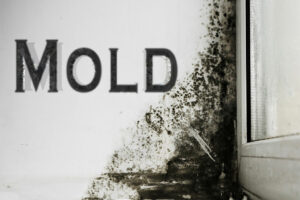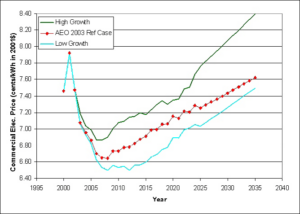Choosing a Dedicated Outdoor Air System (DOAS)
In order to comply with current strict ventilation standards in the HVAC industry, manufacturers’ are introducing innovative new equipment to improve indoor air quality. Dedicated
In order to comply with current strict ventilation standards in the HVAC industry, manufacturers’ are introducing innovative new equipment to improve indoor air quality. Dedicated
What if there was a way to replace existing indoor HVAC equipment that has reached its lifespan. Furthermore, without expensive demolition and alterations to the
As cannabis growth facilities begin to expand in popularity, they present a challenge for HVAC producers. For instance, how best to control the environment in
When tragedy strikes in the form of natural disasters such as hurricanes, tornadoes, and other extreme weather events, time, and resources are of the essence.
DOAS and VRF The choice of installing an Indoor DOAS unit, especially if the existing HVAC system already includes provisions for OA, is for operating
Adapting DOAS To Your HVAC System There is a proven method that will meet the challenges of complying with the ASHRAE Standards. This method delivers

The late sixties, early seventies ushered a new era into many facets of our lives. Rising oil costs along and supply uncertainty made it necessary

IAQ is a major concern and can have a devastating impact on your life. However, not providing the proper ventilation and fresh air in an
For decades, using Variable-air-volume (VAV) systems with air terminal units developed extensively in commercial/institutional buildings in the United States. Unfortunately, the optimized design of a
The rapid increase of the cannabis industry within the United States creates a critical need for proper HVAC equipment in Grow Room facilities. Growing cannabis

The late sixties, early seventies ushered a new era into many facets of our lives. The rising cost of oil and uncertainty of supply made

It is estimated that there are over 5 million buildings available for HVAC retrofit upgrades and retrofitting. While 70% of commercial buildings built prior to
(717) 843-4311 | Rep Login | Careers | Privacy Policy
©2024 United CoolAir. All Rights Reserved. Website designed & developed by Back40 Design.